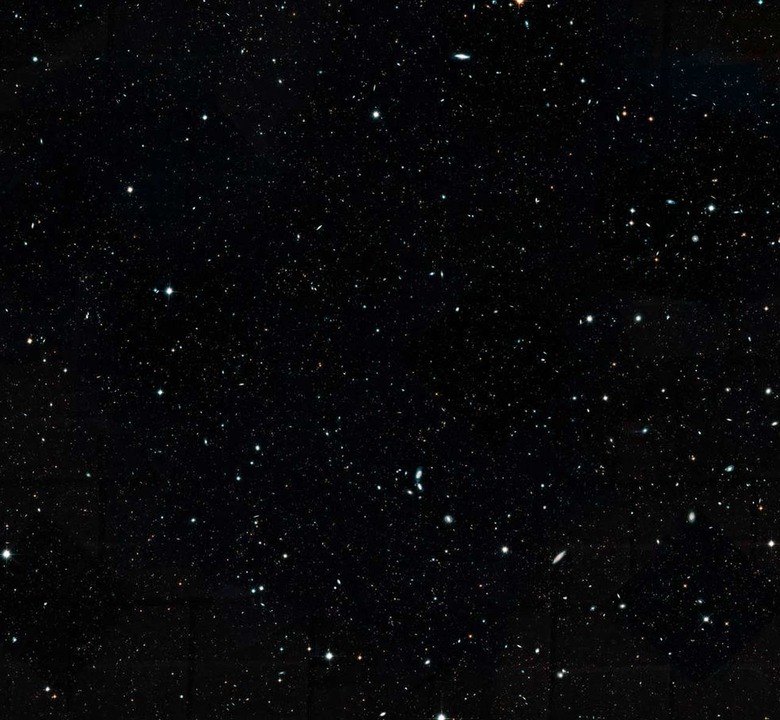Hubble's 16-Year Photo: How This Awe-Inspiring Mosaic Was Made
The image goes by the name Hubble Legacy Field. It was released on May 2nd, 2019 by the folks in charge of the Hubble Space Telescope. In this image is the combined observations of the past 16 years of gazing toward space. In this deep-sky mosaic see see the combined efforts of an international group of researchers and scientists of many sorts.
Final credit for the conglomeration of these images goes to NASA, ESA, G. Illingworth (University of California, Santa Cruz) and G. Bacon (STScI). They've constructed this mosaic from nearly 7,500 individual exposures. That's a whole lot of photos over the past 16 years.
Actually, that's approximately 1.28 photos per day every single day for the past 16 years, if we spread them out evenly. In these photos are 265-thousand galaxies – you can count them if you want! You might want to get a magnifying glass to do so – and even then you might not notice the most dim sources of light.

In the image is a range of different sorts of observations – different light interpreted in many different ways. This is not just one perfect flat view captured with a pocket camera.
You're seeing images captured with visual wavelengths that range from ultraviolet to near-infrared light. Together, these images create a visually stunning result – albeit slightly less than visually accurate as one single conglomeration.
The image you see before you (and see in the video below) represents a span of time 13.3 billion years in the making. Most of these galaxies look a whole lot different right now – their light's taken thousands, millions, and sometimes billions of years to reach us.
Included in this image are images captured by more than a couple Hubble deep-field surveys, including XDF! That's the survey otherwise known as eXtreme Deep Field! It's the deepest view we've had of the universe yet!
In the video above, we start with an image that already has thousands of galaxies. As we zoom out, we're seeing exponentially more galaxies with each passing moment.
You can also see this image in mega-massive view with the website GigaPan. There, Dave Mosher posted the full-sized image, all 0.65 Gigapixels of it in full color.
For more information, head to the official Hubble listing at SpaceTelescope dot org right this minute. Per the Hubble crew, "The image, along with the individual exposures that make up the new view, is available to the worldwide astronomical community through the Mikulski Archive for Space Telescopes (MAST)."
